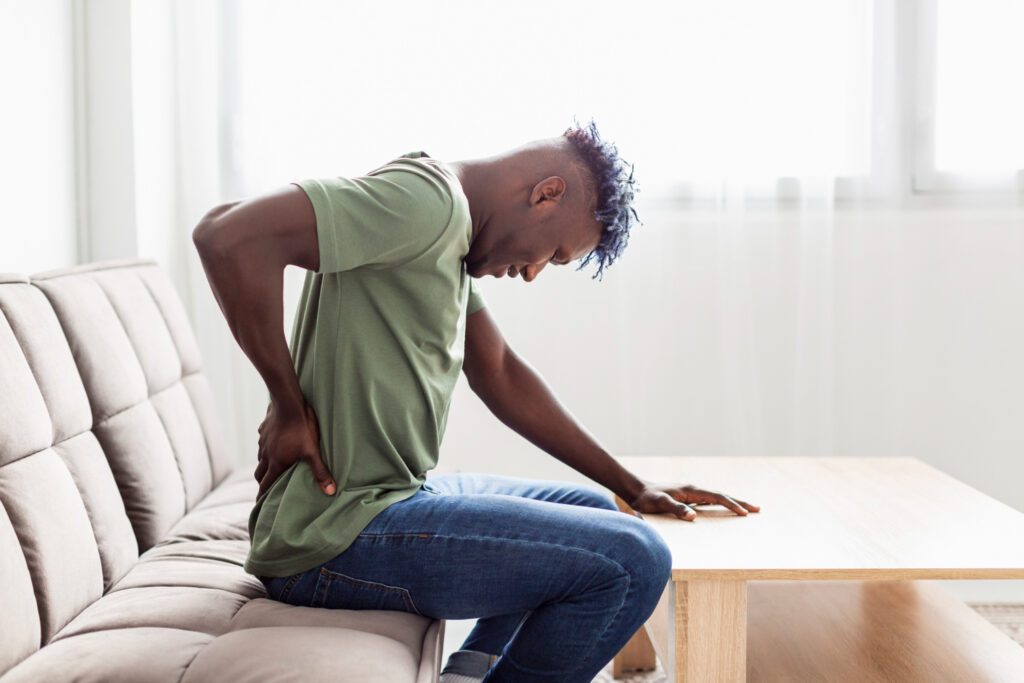Back pain: Symptoms, causes and prevention
Back pain is one of the most regular medical reasons why people disrupt their schedules. And most people will experience it at one point in their life. It can affect different parts of the back, ranging from mild to intense, and lasts a few days to years.
Your back is made up of numerous structures that all work together to support your body. This includes your vertebrae, spinal cord, intervertebral discs, ligaments, muscles, and tendons. If any of these structures have problems, like injuries, inflammation, tumors and cancers, you will experience it.
Treatment for this pain depends on the kind and causes. It can include hot or cold packs, pain-relieving medicines, exercise, physical, complementary and alternative therapies, and even surgery. Ensure you document consultations, treatments and other information in your EMR for proper follow-ups.
Symptoms
Pain affecting your back may feel like morning stiffness, muscle aches, and pain indicated by shooting, burning, or stabbing sensations.
You may feel any of the following:
- Pain radiating away from the back into the buttocks, legs, hip, or abdomen
- Increased pain when lifting, bending, or twisting
- Increased pain when resting, sitting, or standing
- Come and go pain
- Pain affecting a specific spot in your back or spreading all over the back
Causes of back pain
This type of issue can form from multiple structural issues in the back, including:
- Sprains and strains in the muscles or ligaments
- Herniated or ruptured discs
- Degenerative disc disease from aging
- Spondylolisthesis (when a vertebra slips out of place)
- Spinal stenosis
- Sciatica
- Fractured vertebrae
- Trauma or injury
- Pinching of a nerve root
Various types of arthritis can cause this pain. Other medical conditions that can cause it include:
- Osteoporosis-related fractures
- Fibromyalgia
- Spinal tumor or cancer that has spread (metastasized) to the back or spine
- Infections of the bone, abdomen, pelvis, or bloodstream
- Kidney infection or kidney stones
- Pregnancy
- Endometriosis
Its prevention
Not all of this pain can be averted, but regular exercise, good posture, and other lifestyle changes can lower your probability of developing this issue. Here are some recommendations.
- Don’t slouch. Keep your shoulders straight over your hips and your ears right above your shoulders.
- Balance your weight evenly on your feet when standing.
- When sitting, remove items from your back pockets, adjust the height of your chairs so that your feet rest flat on the floor, and get up to walk around at least once every 30 minutes.
- Maintain a healthy weight and eat a nutritious diet with enough calcium and vitamin D.
- Wear comfortable shoes.
- Don’t try to lift objects that are too heavy, and make sure to lift with your legs and hips, not your back, and hold the object close to your body.
- Adjust repetitive tasks so that you perform different body movements to achieve the same goal.
- Quit smoking.
- Use ergonomically designed furniture and equipment.

